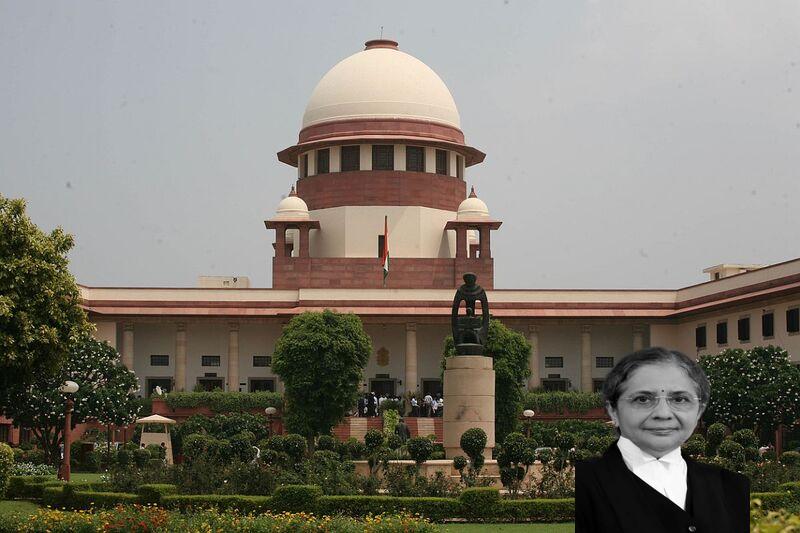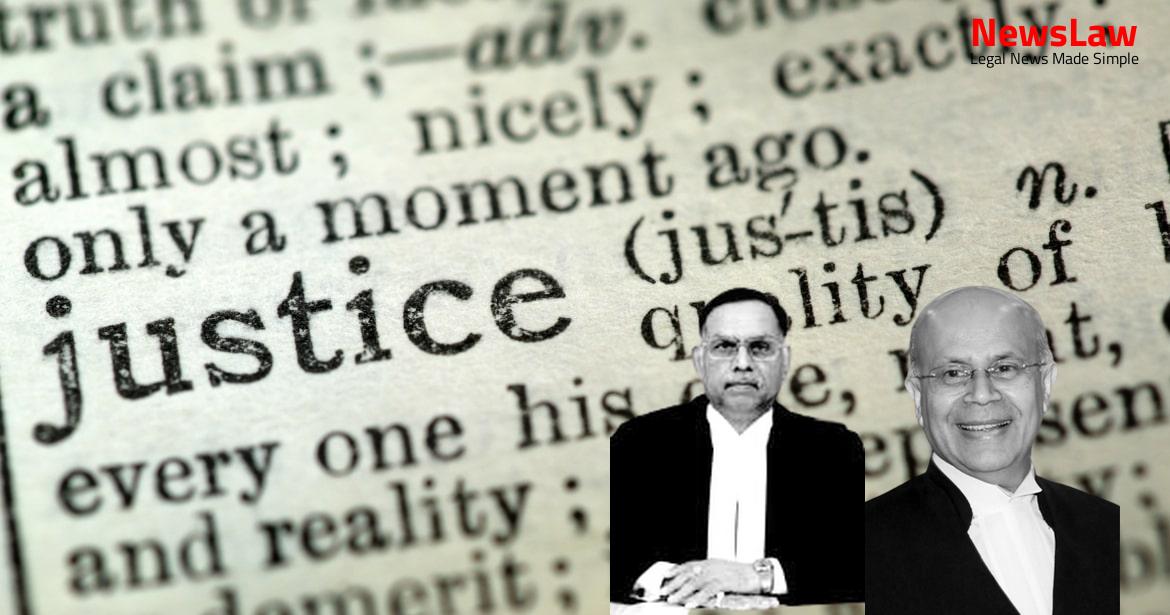They sought for upgradation of the pay scales of Assistant and Personal Assistants of Ordnance Factory Board, Headquarters as had been given to similarly placed employees of Central Secretariat Service (‘CSS’ for short) and equivalent posts in Armed Force Headquarters Civil Service (‘ AFHCS’ for short) Cadre, New Delhi and similar other cadres. Hence a direction was issued to the appellants herein to fix the members of the Respondent Association and other similarly placed Assistants working in Ordnance Factories and in OFB in the same pay scale as was given to Assistants similarly placed in CSS/CSSS, Army Headquarters, UPSC, CAT, MEA, Ministry of Parliamentary Affairs etc. In that backdrop, it is seen that the High Court having noted the fact that the successive CPC recommendations had resulted in parity in pay scales and in view of such equal treatment historically had also considered the pay scale as provided in the VI CPC as well as the intention as contained in para 3.1.9 which provided for parity. Further, on par with the dispensation already available in CSS, the Section Officers in other Secretariat Offices, which have always had an established parity with CSS/CSSS, shall be extended the scale of Rs.8000-13500 in Group B corresponding to the revised pay band PB 2 of Rs.8700-34800 along with grade pay of Rs.4800 on completion of four years service in the lower grade.
It is clarified that the pay band PB 2 of Rs.8700-34800 along with grade pay of Rs.4800 is being recommended for the post of Section Officer in these services solely to maintain the existing relativities which were disturbed when the scale was extended only to the Section Officers in CSS. In the case of ministerial post in non-Secretariat Offices, the posts of Head Clerks, Assistants, Office Superintendent and Administrative Officers Grade III in the respective pay scales of Rs.5000-8000, Rs.5500-9000 and Rs.6500-105000 will stand merged. Since the Commission has recommended parity between posts in headquarters and field offices, it is only justified that such parity also exists between similarly placed posts in different headquarter organisations. This parity had also existed as between CSS/CSSS Assistants on the one hand and similar ranking employees in all other non-Secretariat employees working in different departments in the Central Government. Rule 3 (7) defined “revised pay structure” as one in relation to any post specified in column 2 of the First Schedule and meaning “the pay band and grade pay specified against that post or the pay scale specified in column 5 & 6 thereof, unless a different revised pay band and grade pay or pay scale is notified separately for that post.” Rule 11 prescribed the mode of fixation in pay after 01.01.2006. Part B of Section II of the First Schedule to the Rules specifically stated as follows: “XXXXXXXXXXXXXXXXXXX *
This scale shall be available only in such of those organizations/services which have had a historical parity with CSS/CSSS. That the mention of some, not all non- secretariat employees is illustrative and not exhaustive is clear from the qualifying terms – “like” and “etc.”
The allusion to historical parity with reference to only a few illustrations was to encompass all those organizations where employees had identical pay scales and not merely those in enumerated departments or organizations. At para 3.1.1 of the Sixth CPC recommendations, it is stated that: “Office staff in Headquarters and Field Organisations of Government of India 3.1.1 The various Secretariats of the Ministries and Departments of Government of India together constitute the headquarters organization.
Actual execution of these policies, however, is left to field agencies outside the Secretariat which may be either attached or subordinate offices or quasi- Government/autonomous/public sector undertakings.” 22.
The learned senior counsel for the appellant in support of his contention that the fixation of pay scale is in the realm of the employer and the Court should exercise restraint has relied on the pronouncement of this Court in State of Punjab and others vs Jagjit Singh and others (2017) 1 SCC 148 with specific reference to para 42 wherein the parameters relating to consideration of cases relating to equal pay for equal work has been adverted to and the extent to which comparison between one set of employees with another is permissible. 1 SCC 586 wherein it is held that though the equation of posts and equation of pay structure being complex matters are generally left to the executive and expert bodies like the Pay Commission etc. It is further held therein that undoubtedly, when there is no dispute with regard to the qualifications, duties and responsibilities of the persons holding identical posts or ranks but they are treated differently merely because they belong to different departments or the basis for classification or post is ex facie irrational, arbitrary or unjust it is open to the Court to intervene. A cumulative perusal of the opinion expressed by this Court would indicate that though the Courts would not undertake the exercise of determining the pay scale keeping in view the nature of the work by comparing employees who are not similarly placed in cases where the exercise of determining such complex issues would arise, at the same time, relief cannot be denied to the employees when the entitlement is denied due to irrational consideration without application of mind to the facts involved in the case by the employer, thereby denying the benefits to the employees.
In that regard, all that has been adverted to by the High Court is as to whether the employees who are the members of the respondent and are employed in the headquarters are similarly placed as that of the employees of CSS/CSSS and in that regard has considered the matter further to ensure that the members of the respondent are not discriminated upon. Manoj Kumar and Others Civil Appeal Nos.913-914 of 2021 disposed of on 31.08.2021 wherein this court while examining the very same provision as contained in paras 3.1.9
and 3.1.14 had arrived at the conclusion that the benefit of equal pay in the said case cannot be extended and had held that the Pay Commission, which is a specialised body set up with the objective of resolving anomalies had made its recommendation, which would not call for interference. In that view, this Court was of the view that though there is an observation that the recommendations shall apply mutatis mutandis to Private Secretaries and posts equivalent thereto in the service under para 3.1.9; the subsequent para 3.1.14 has specifically dealt with the aspect of parity between the Field and Secretariat Offices which was really the subject matter of the claim therein. Further, what was also taken into consideration by the High Court is the historical similarity in pay scales which existed prior to the recommendations in the Sixth CPC. As noted by the High Court, it is evident that parity of pay scales vis–vis LDCs, UDCs, Assistants/PAs and Stenographers, was maintained even prior to 01.01.1986 under the Third Central Pay Commission recommendations (for the period 01.01.1973 to 31.03.1985). BOPANNA)……………………………………J.



